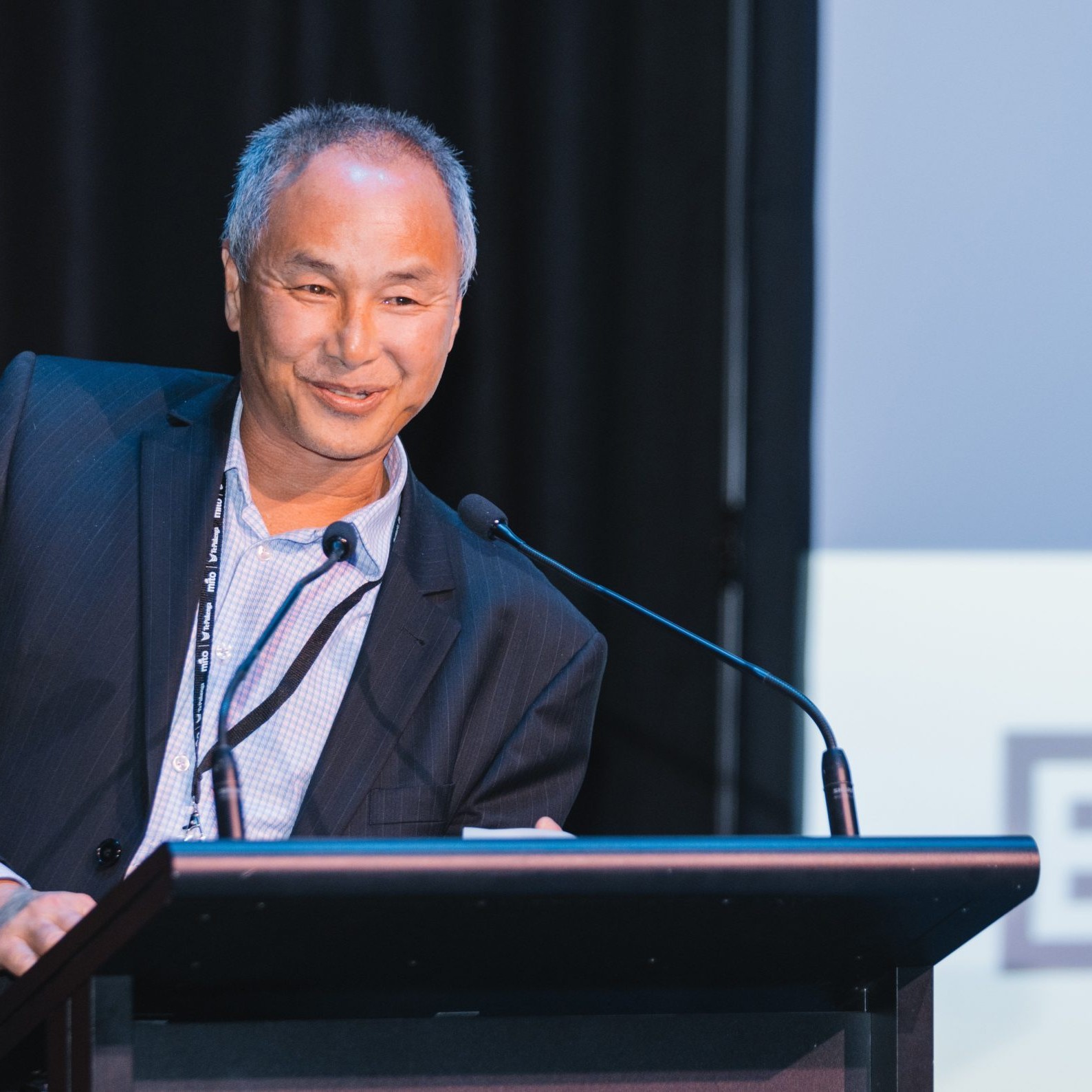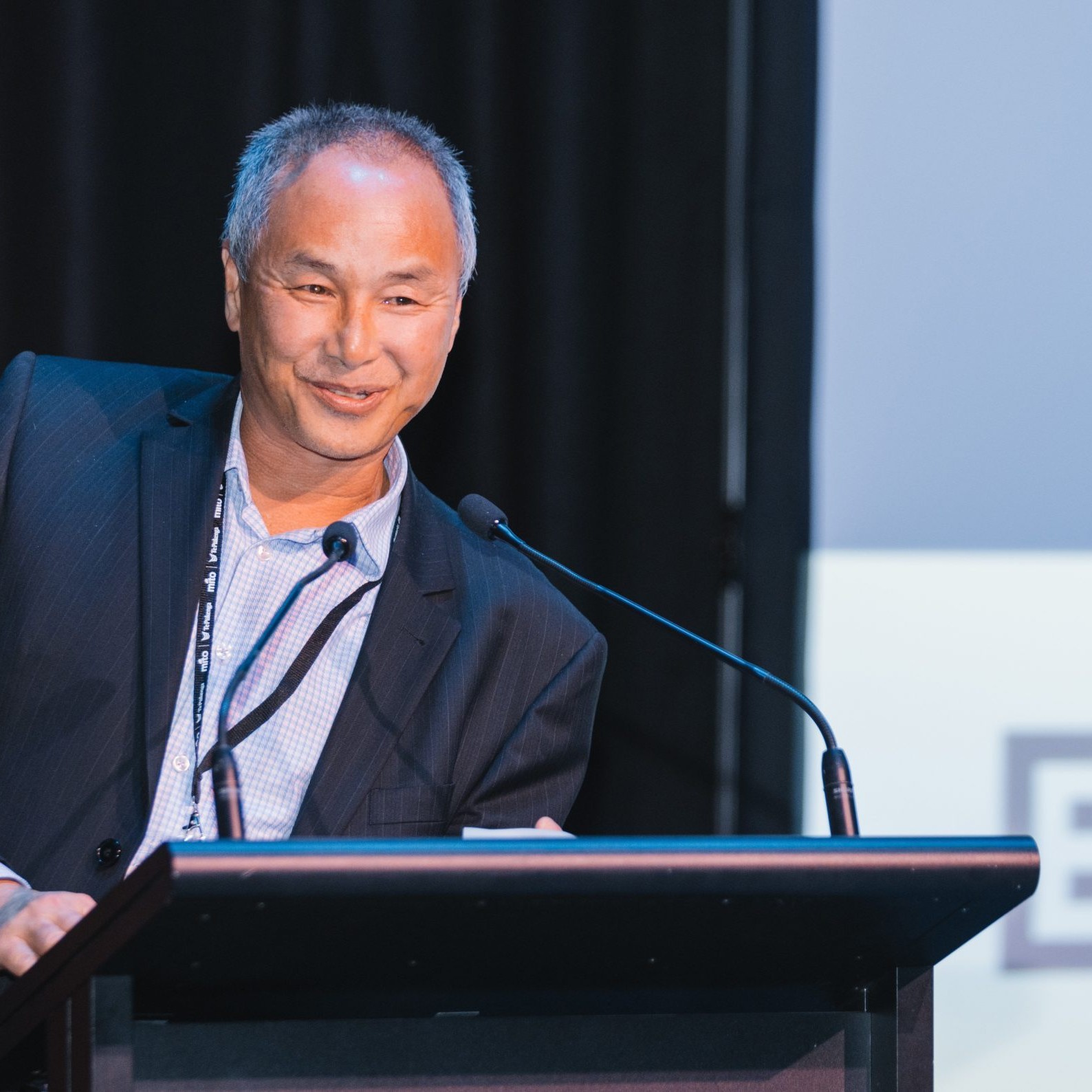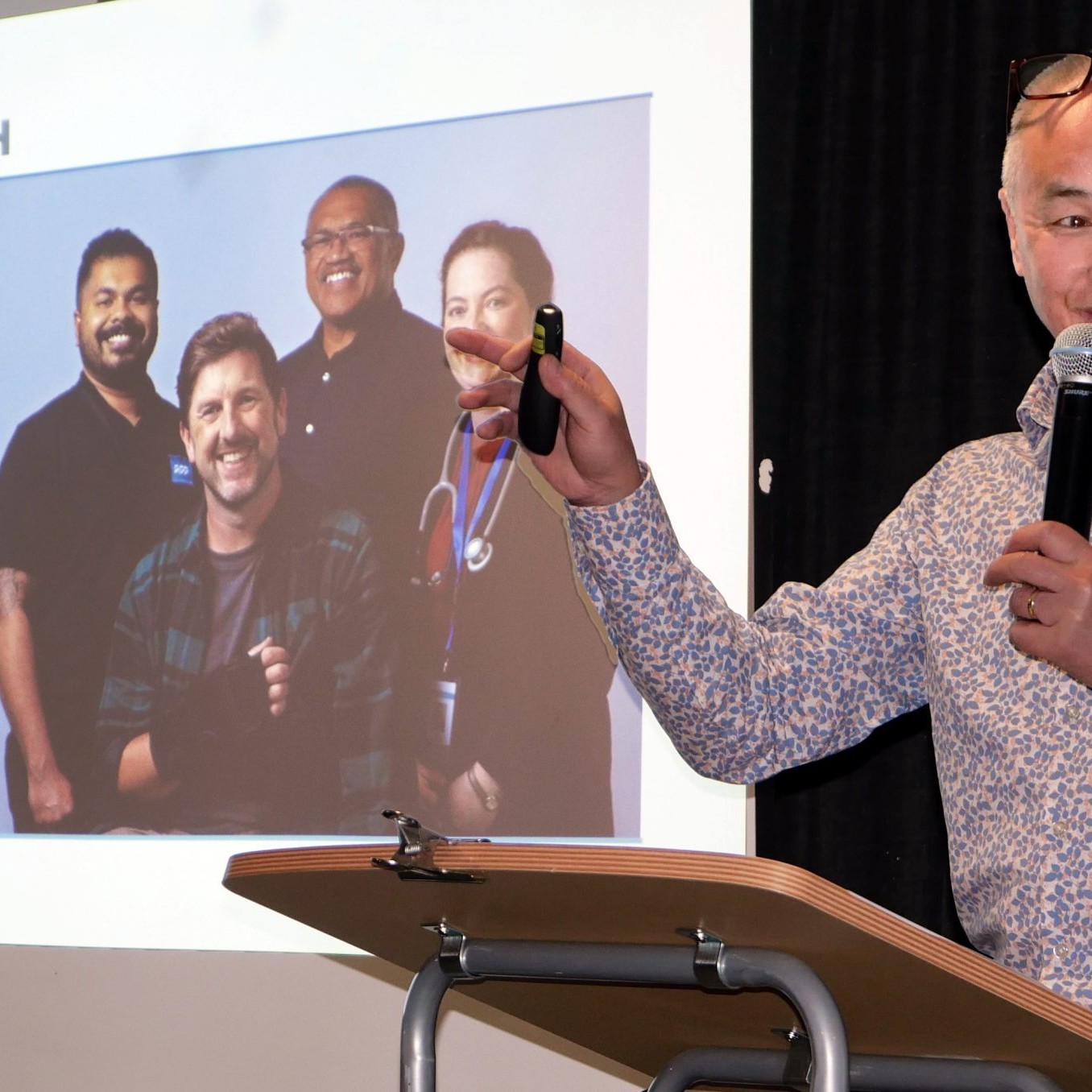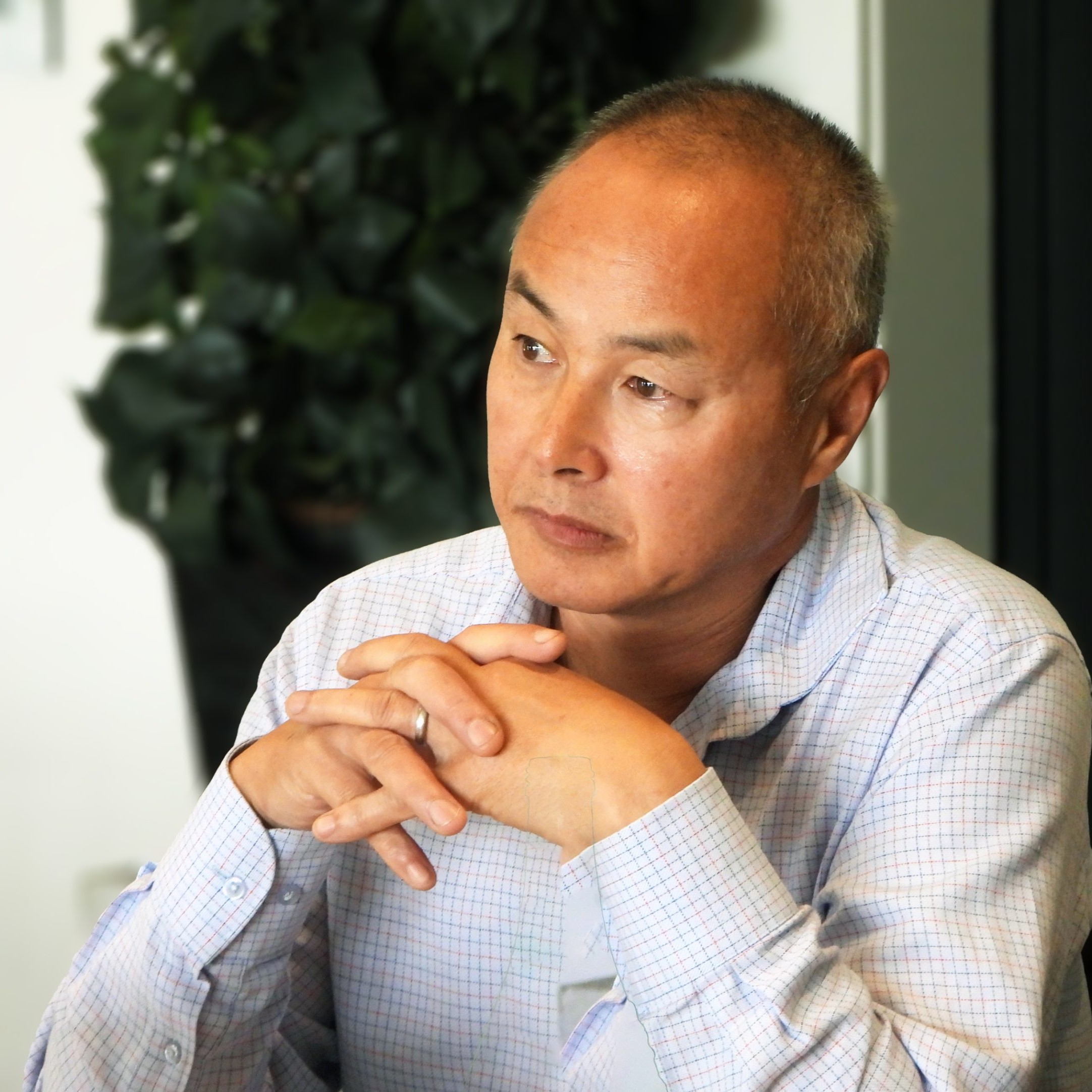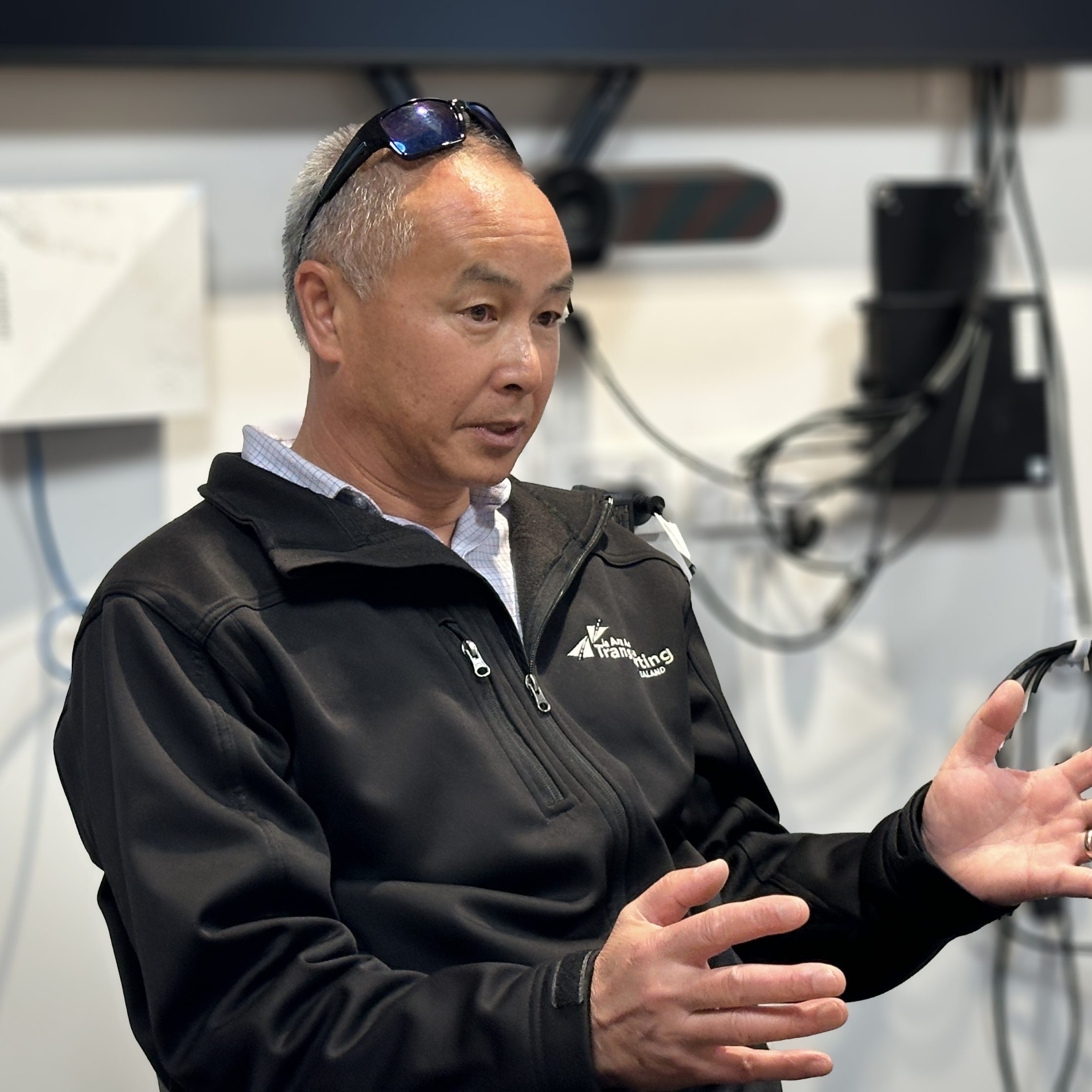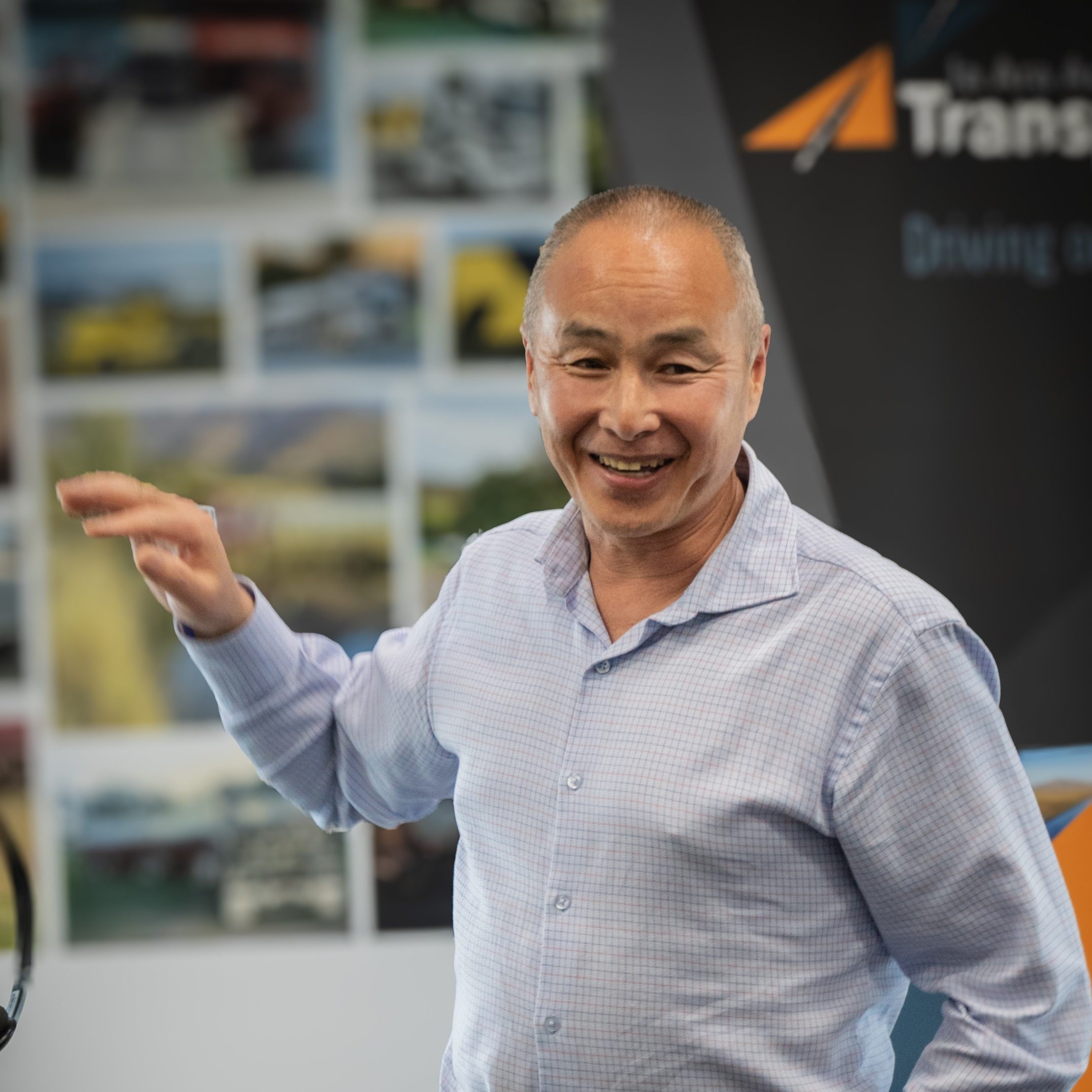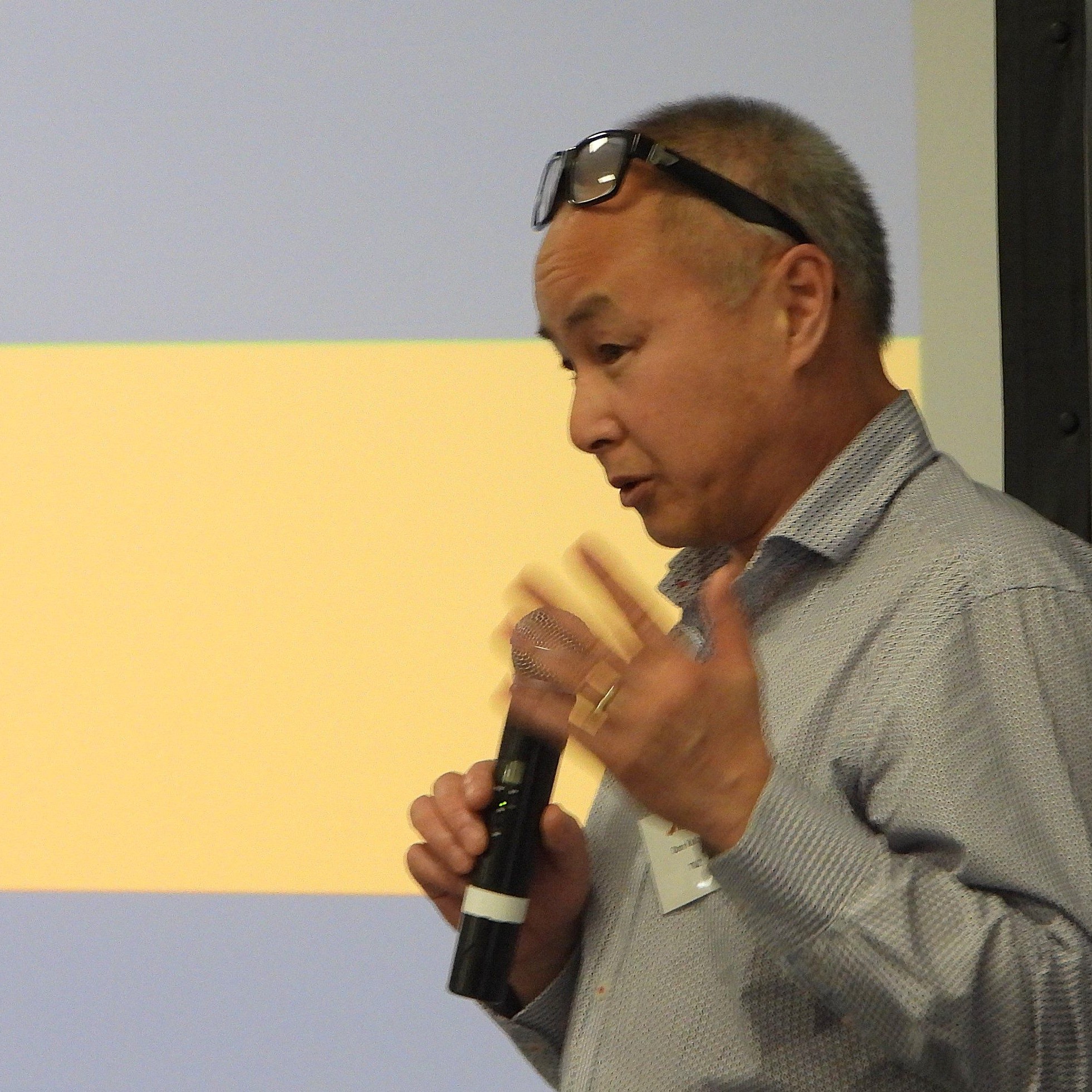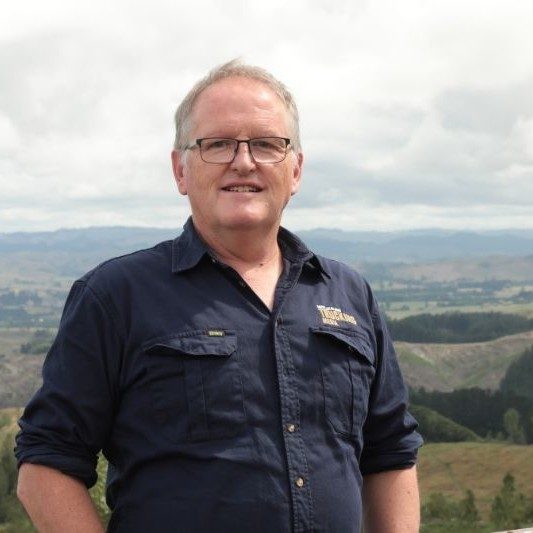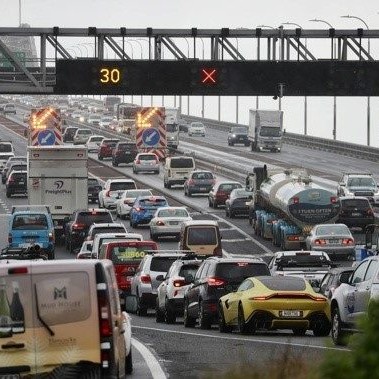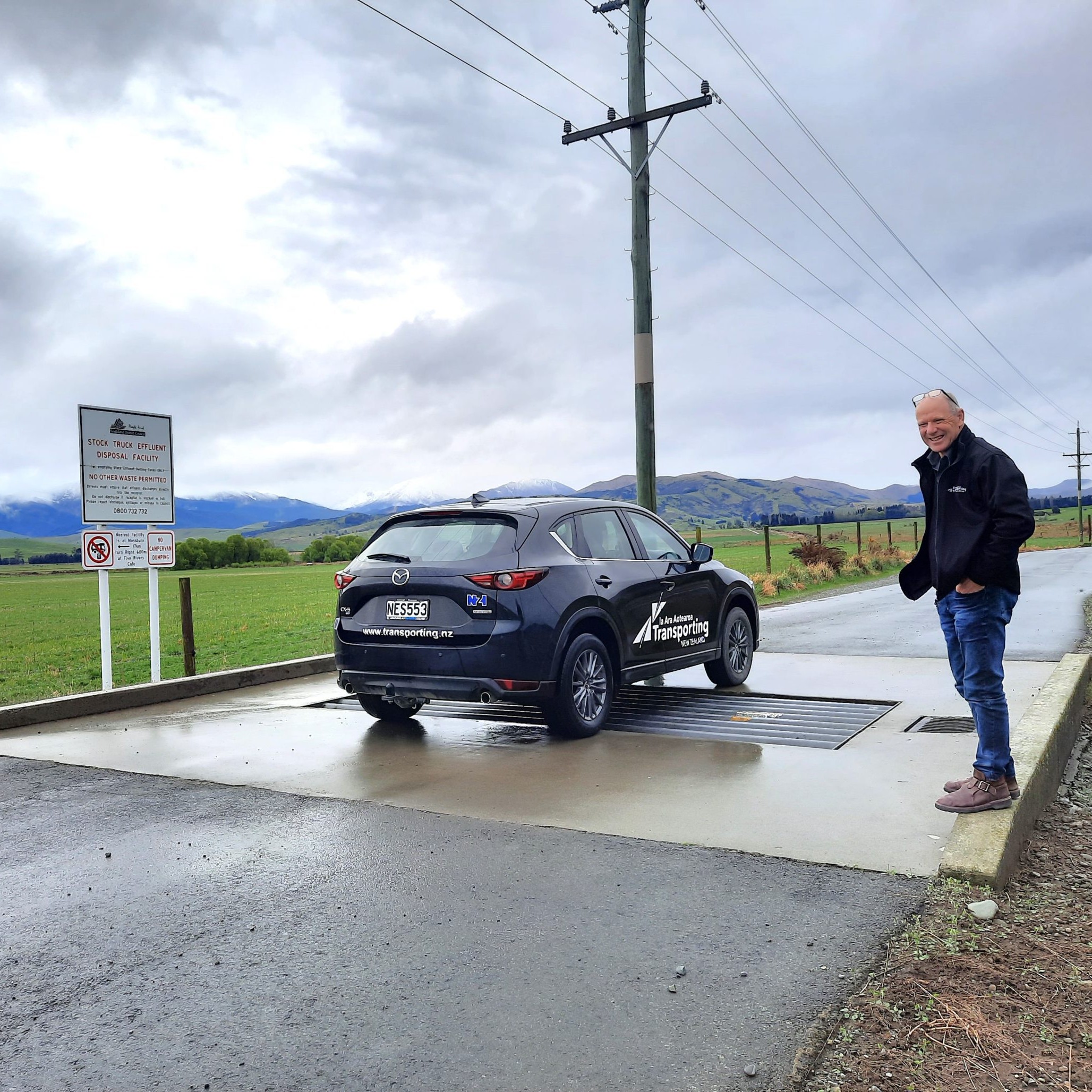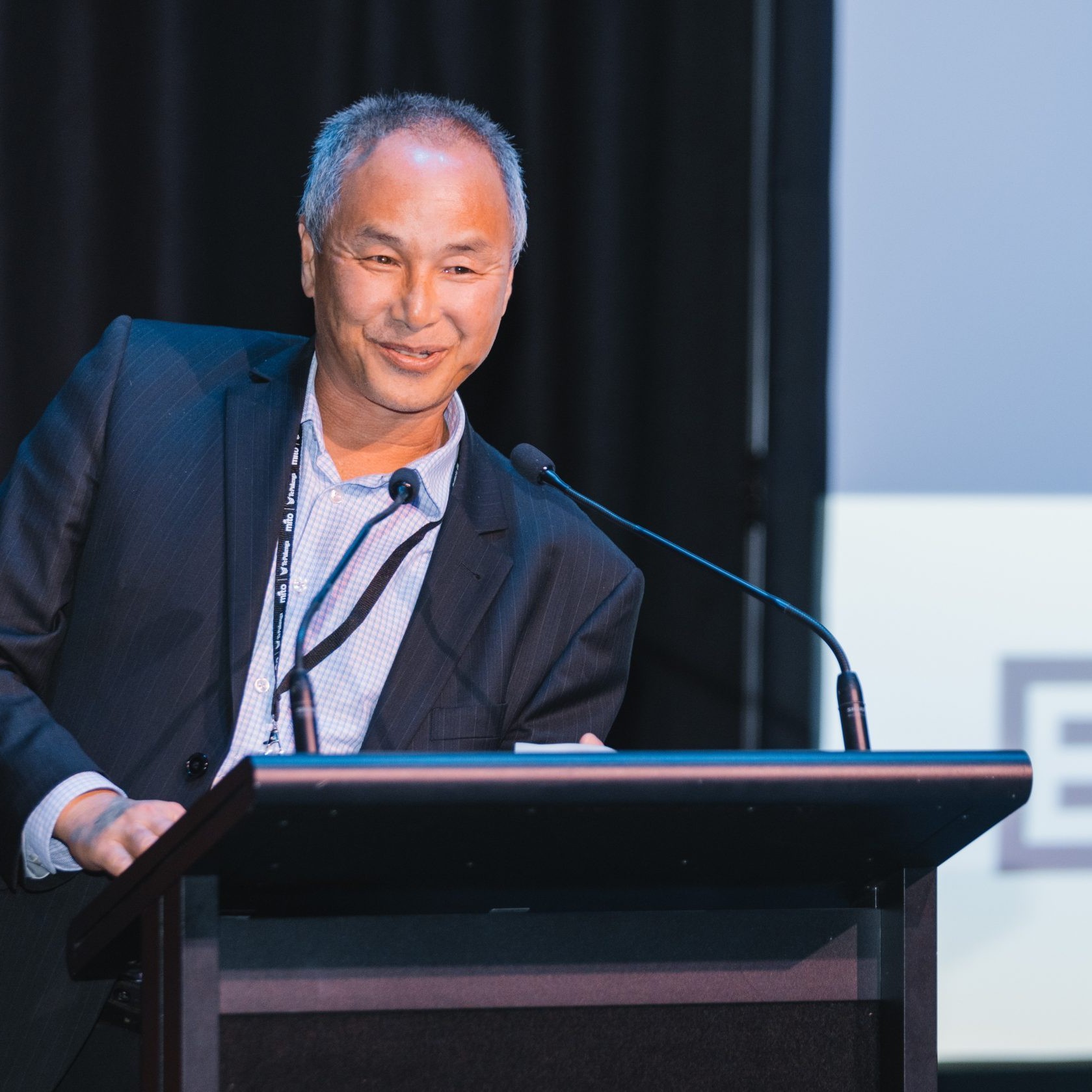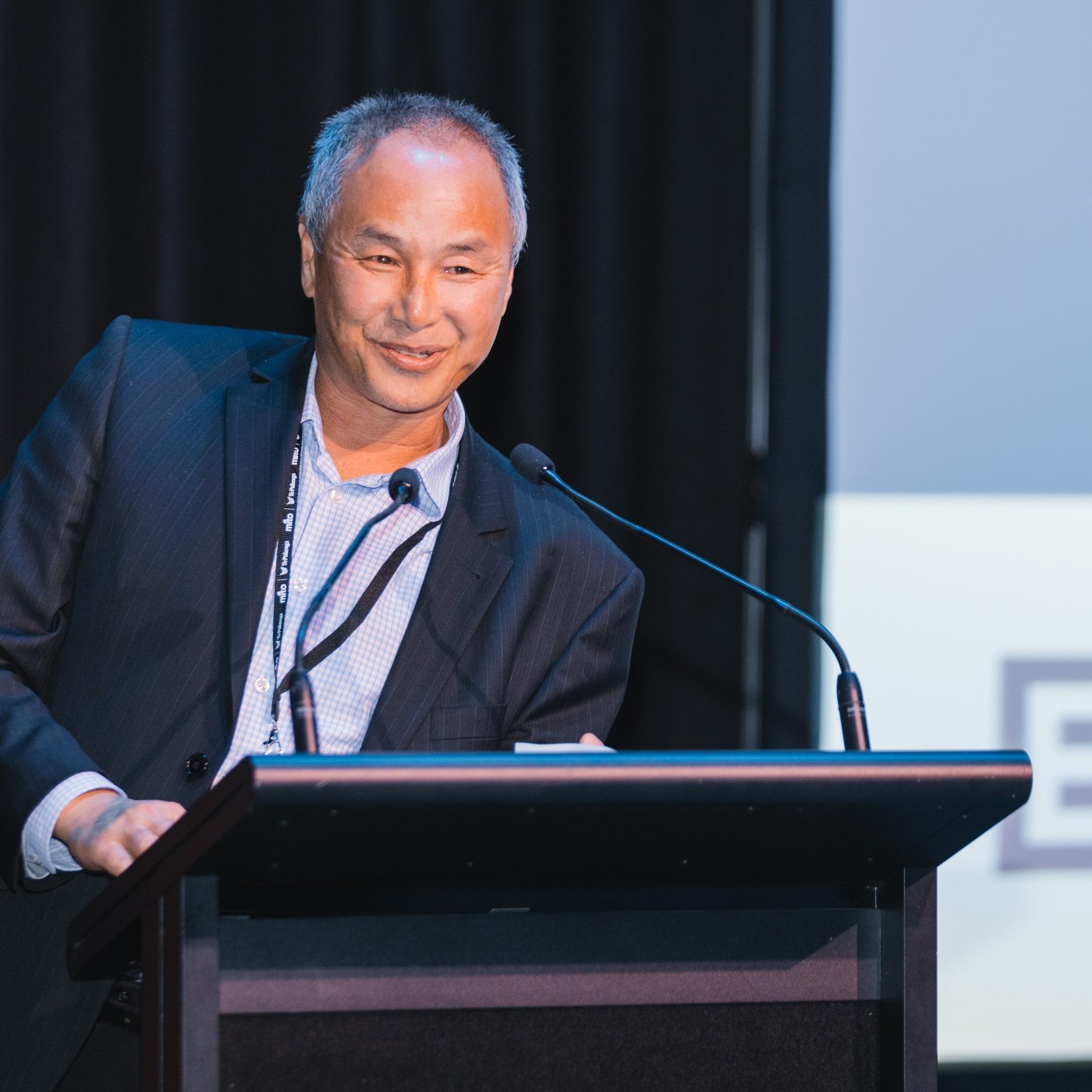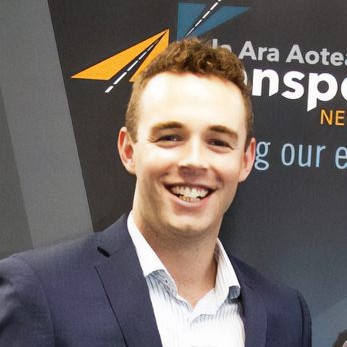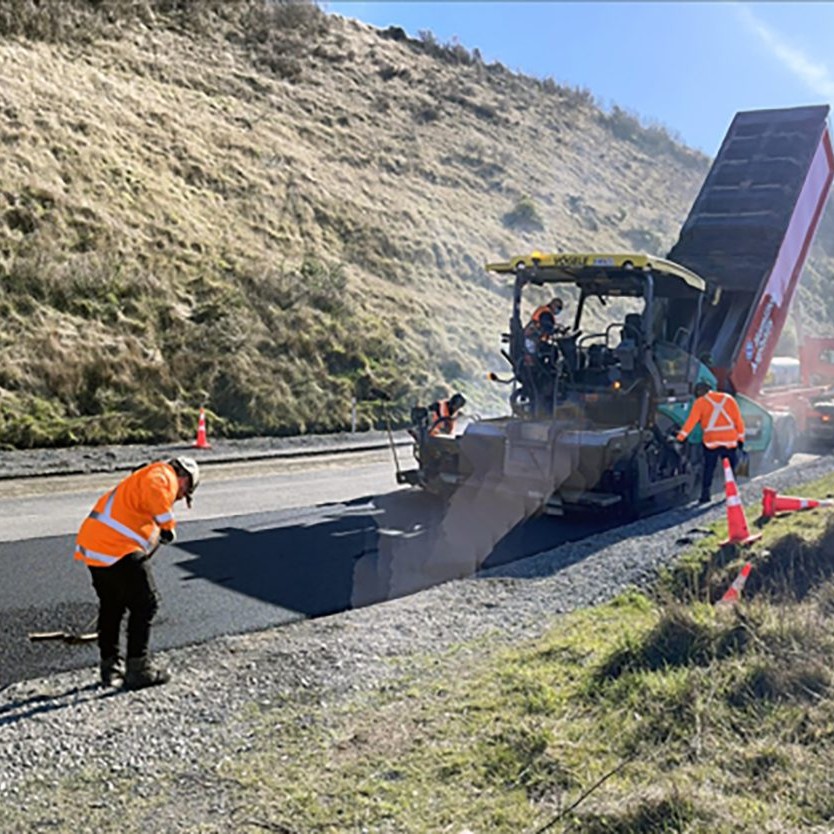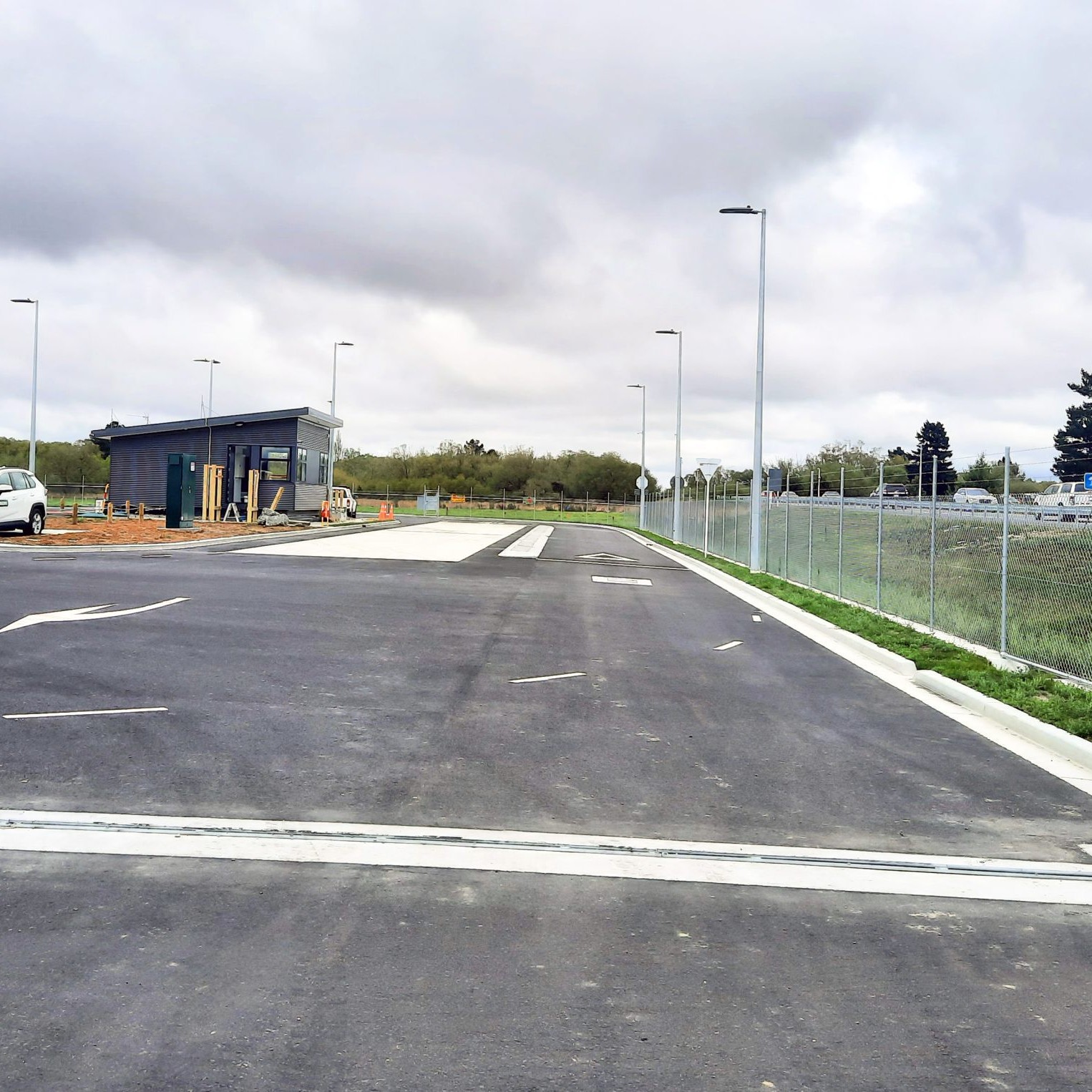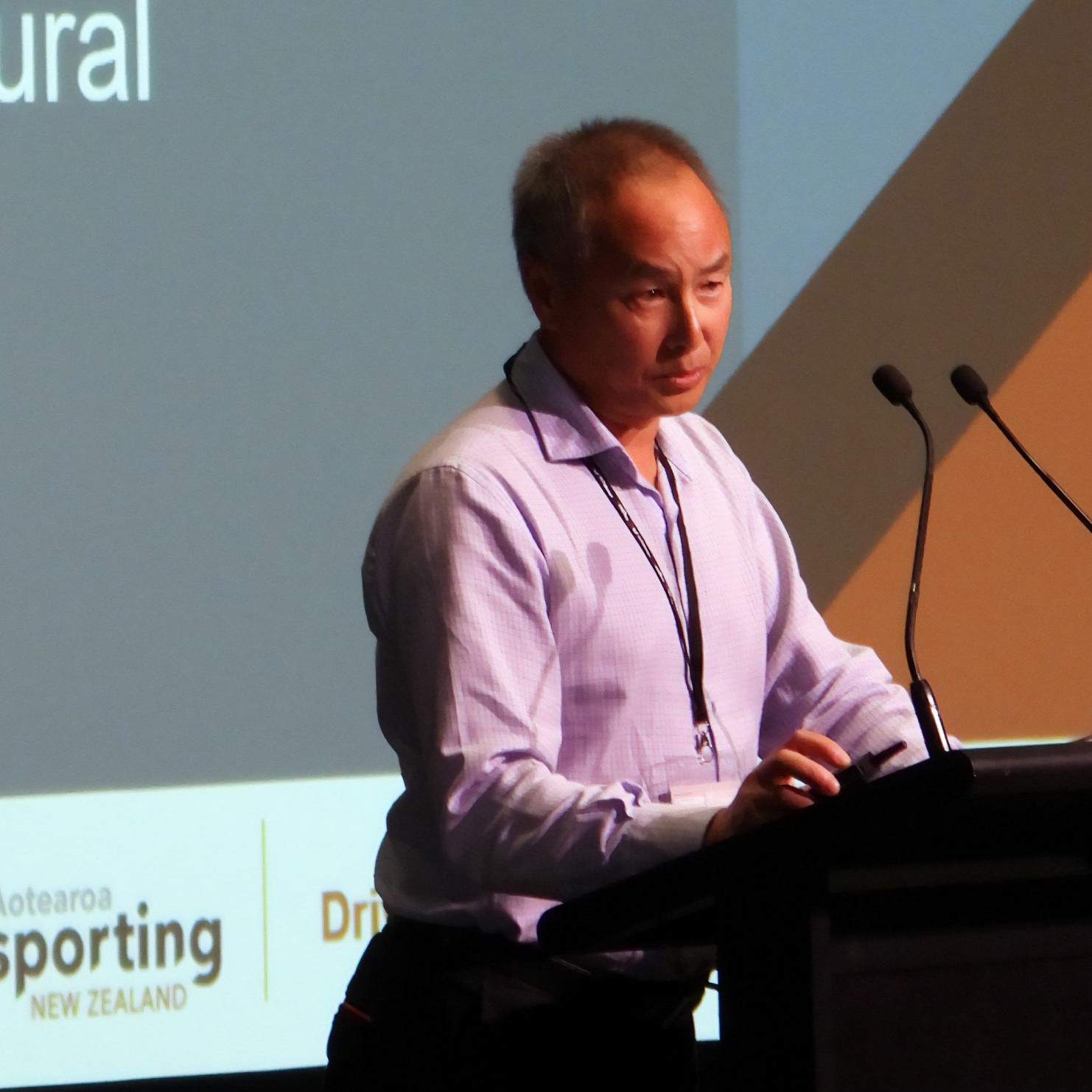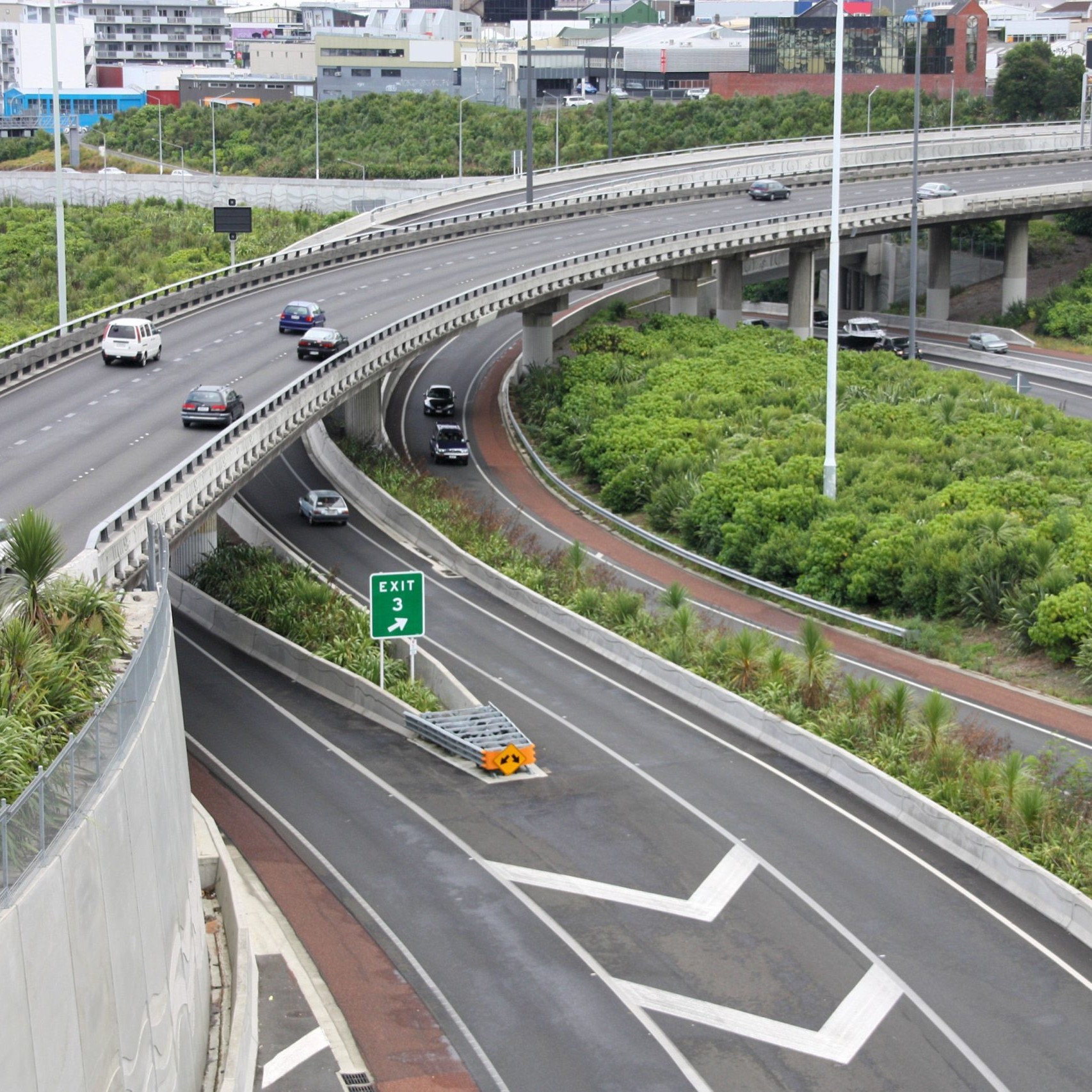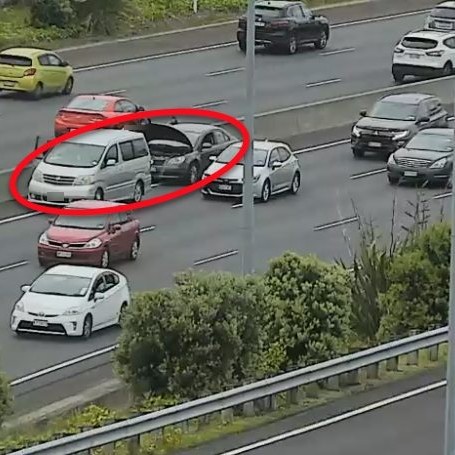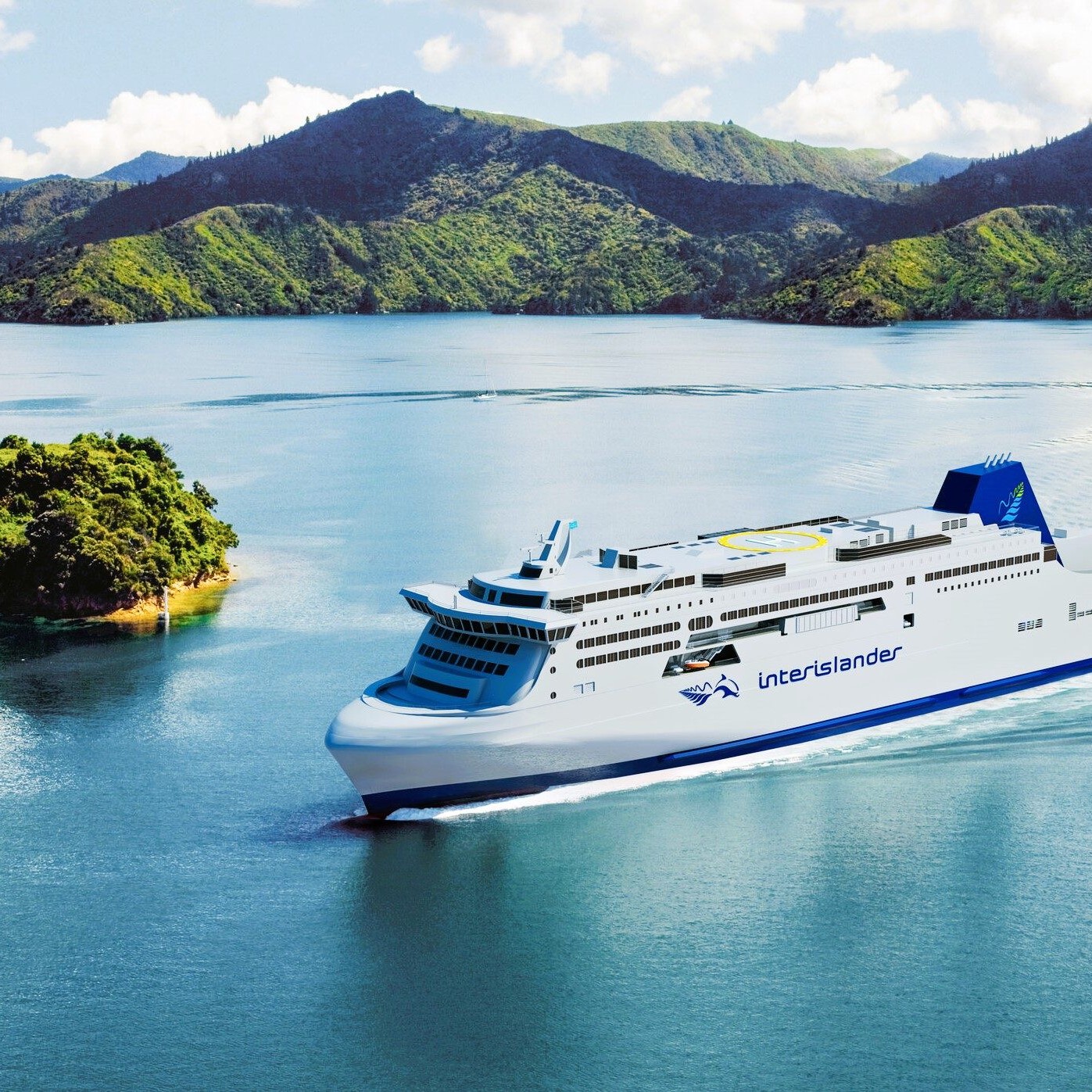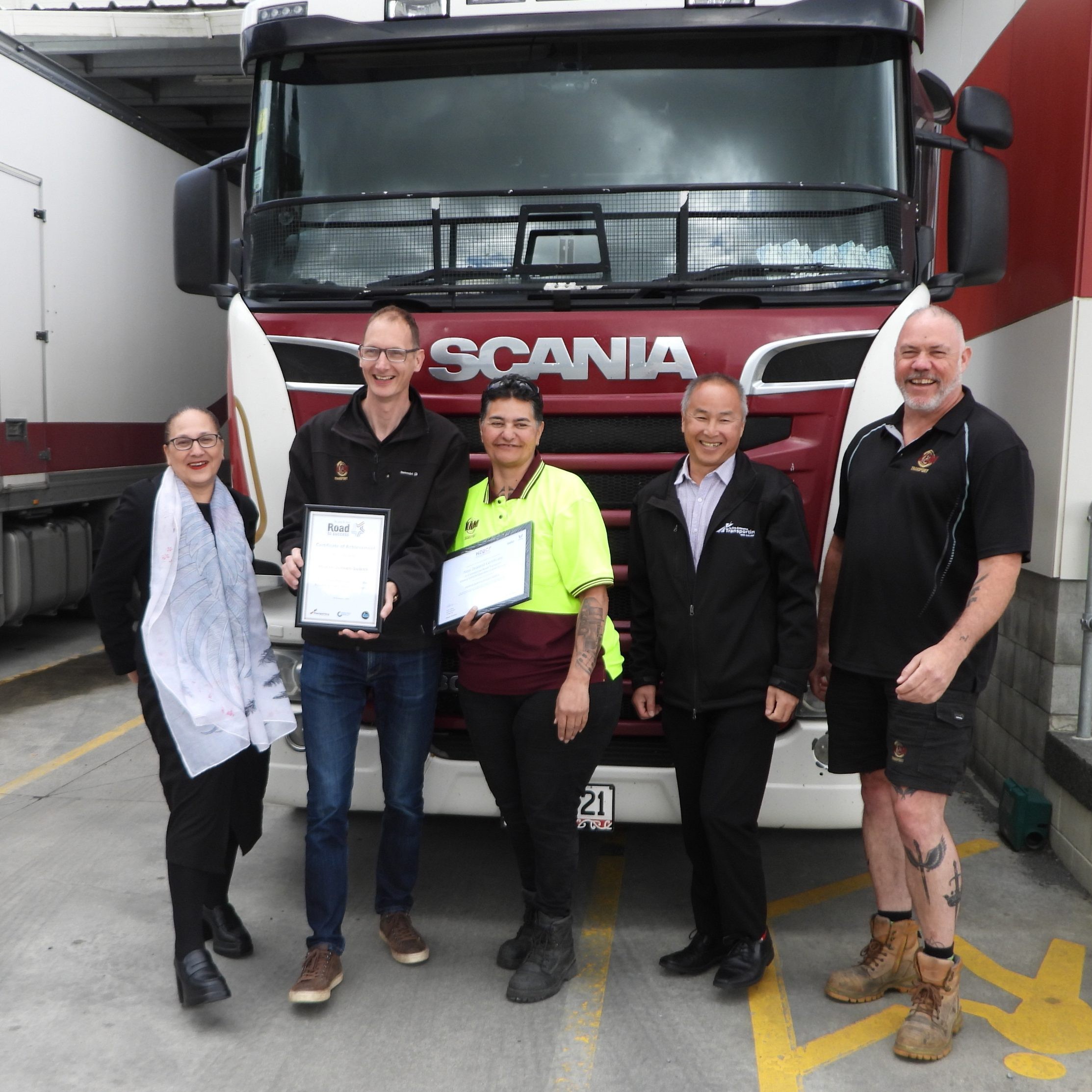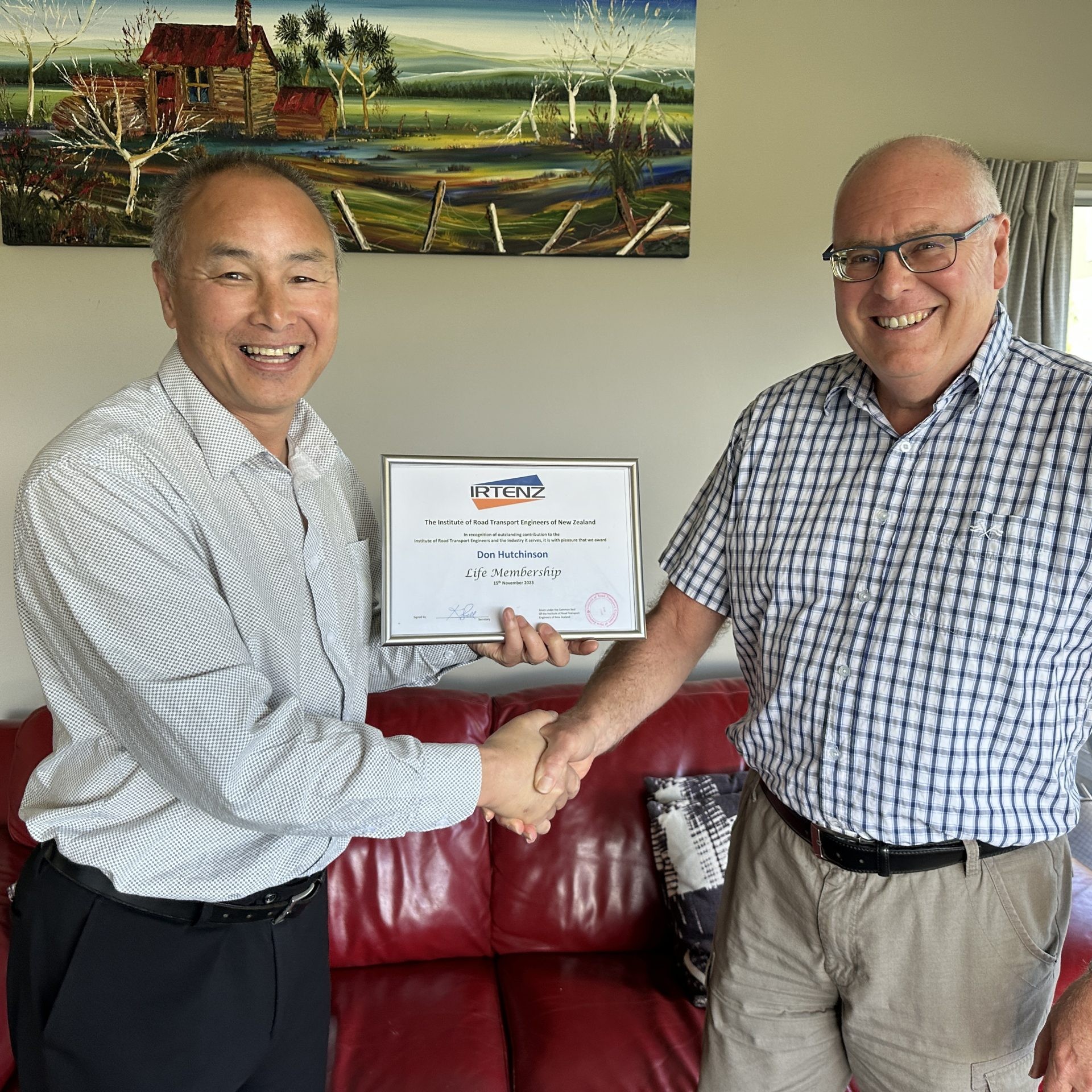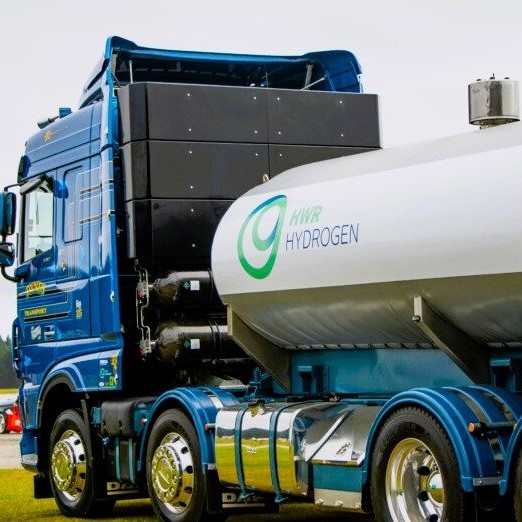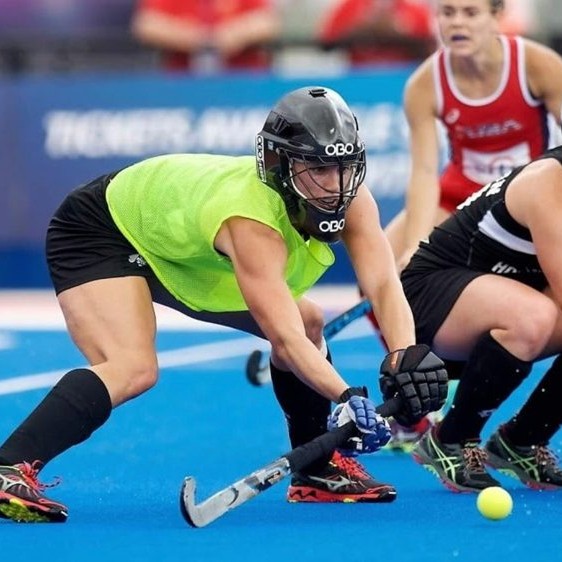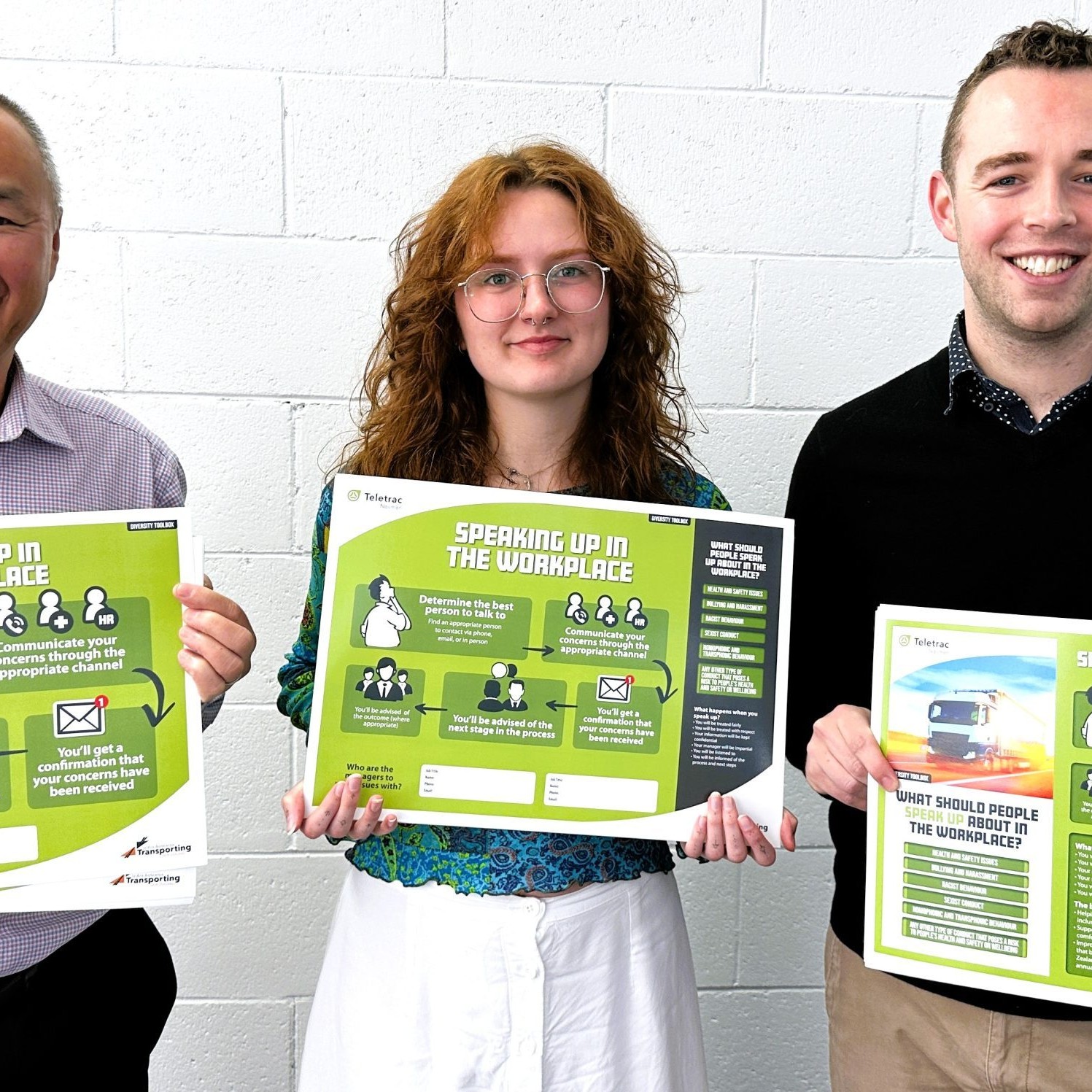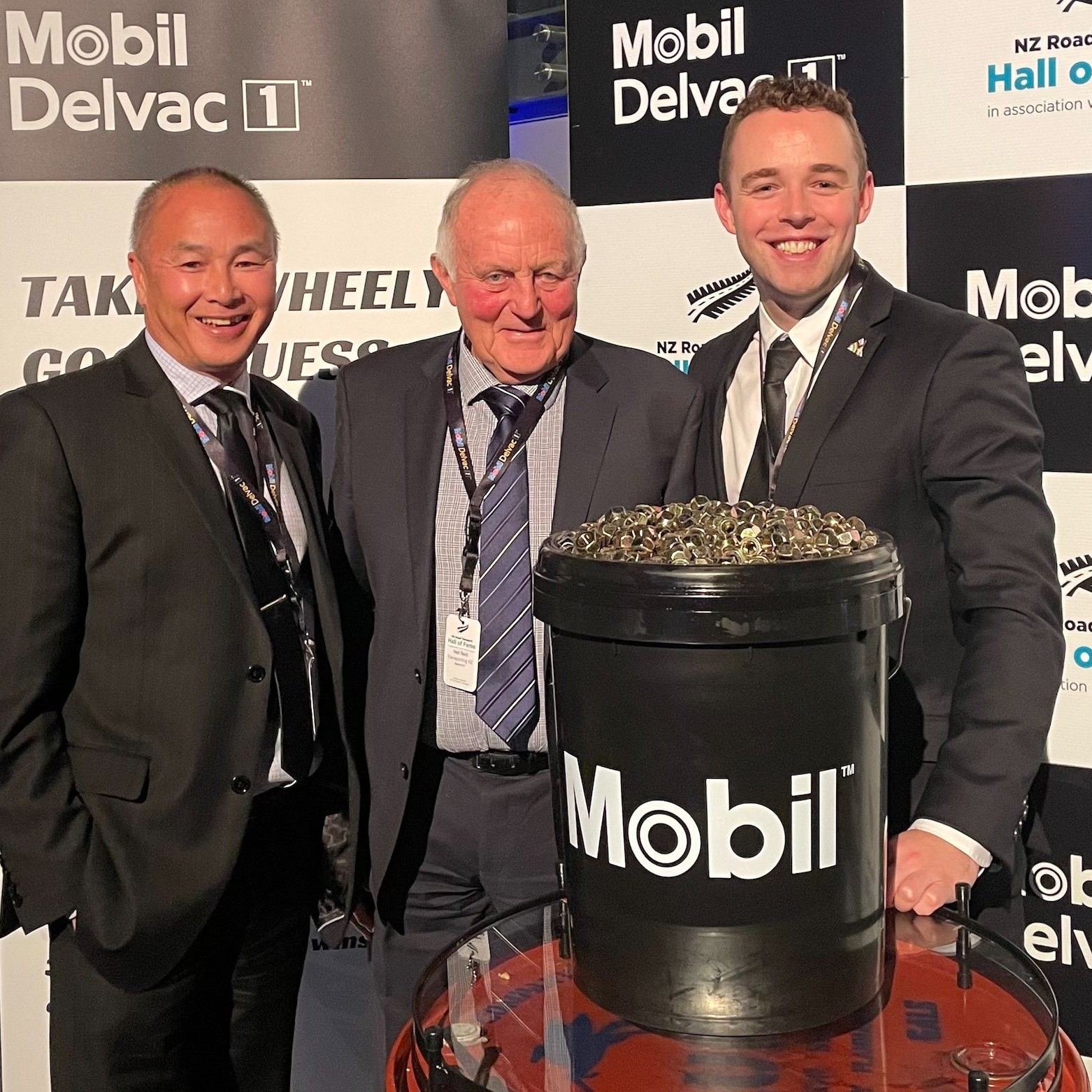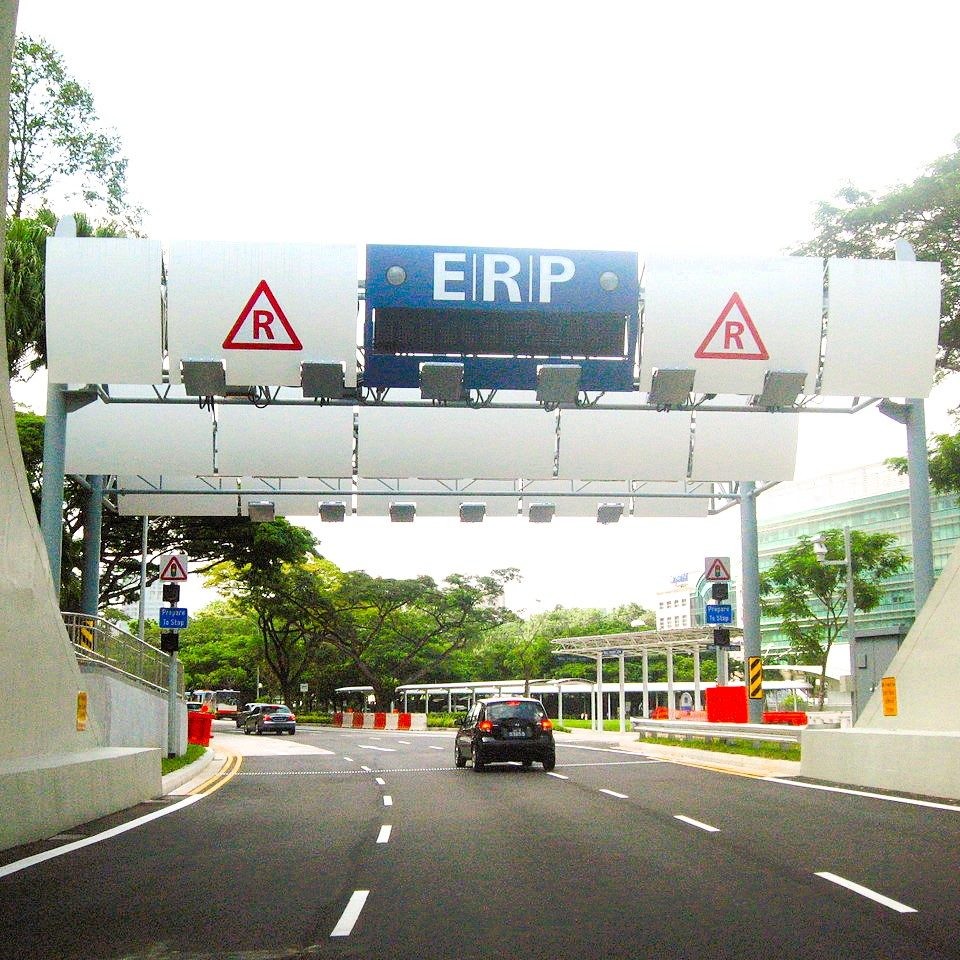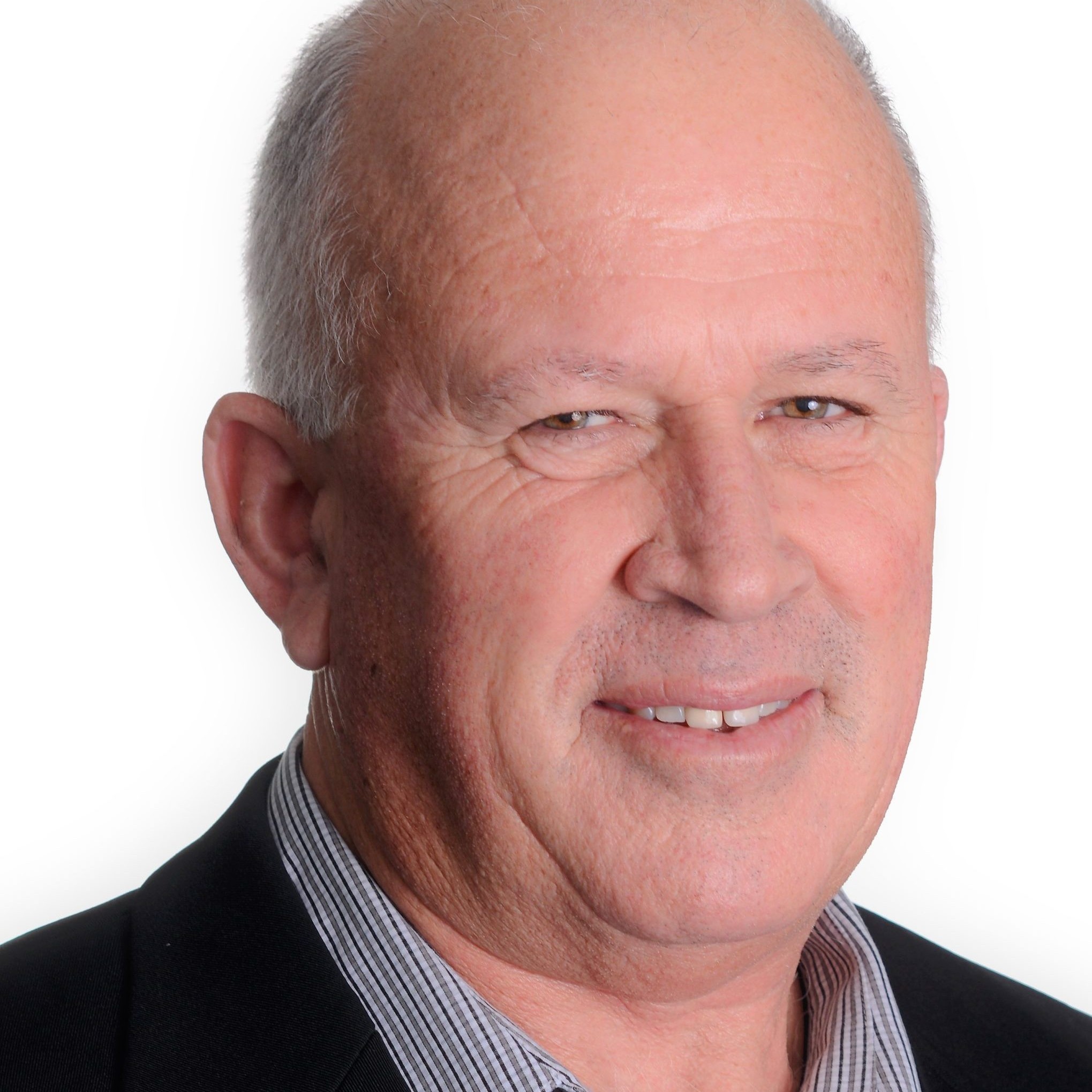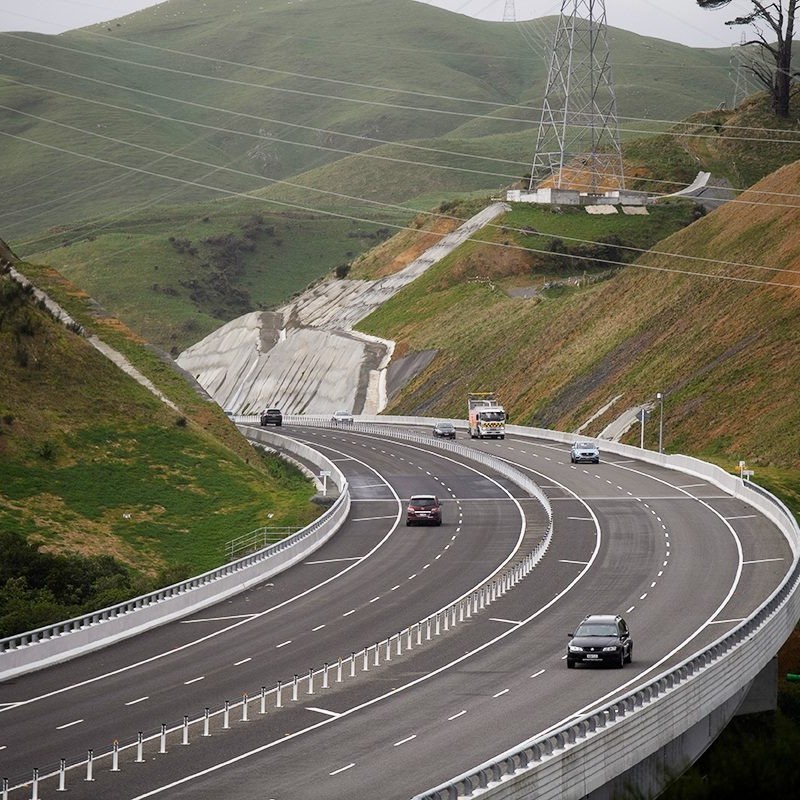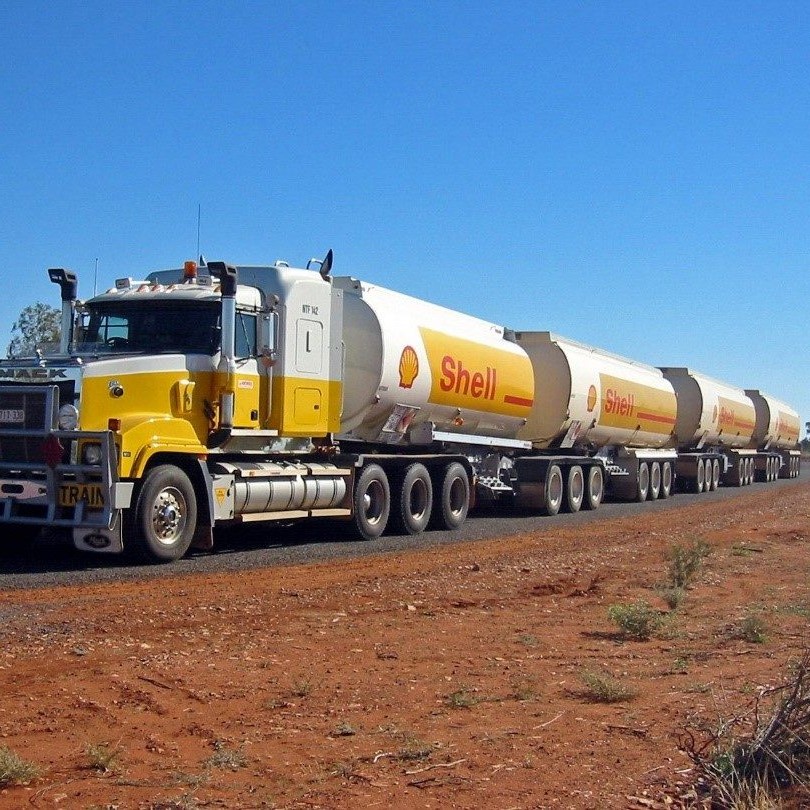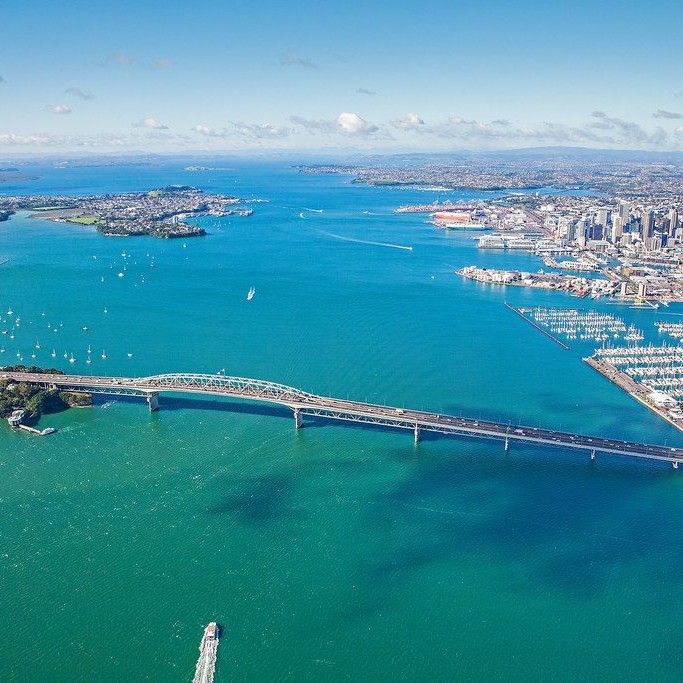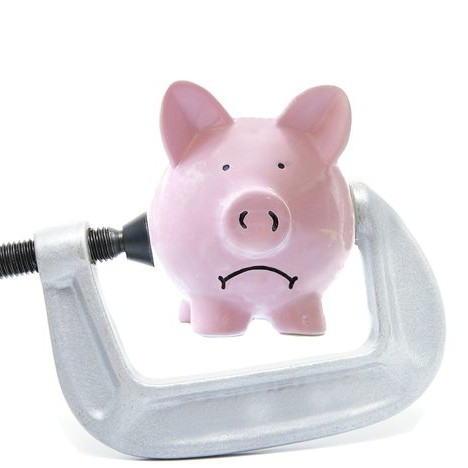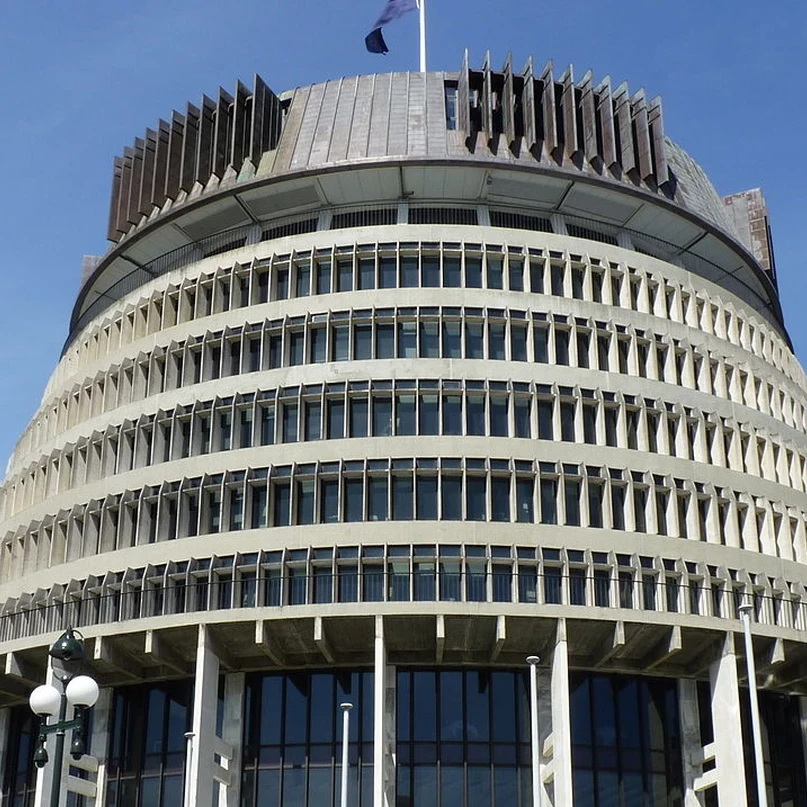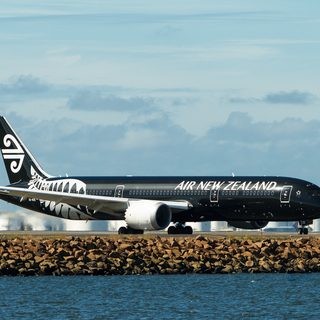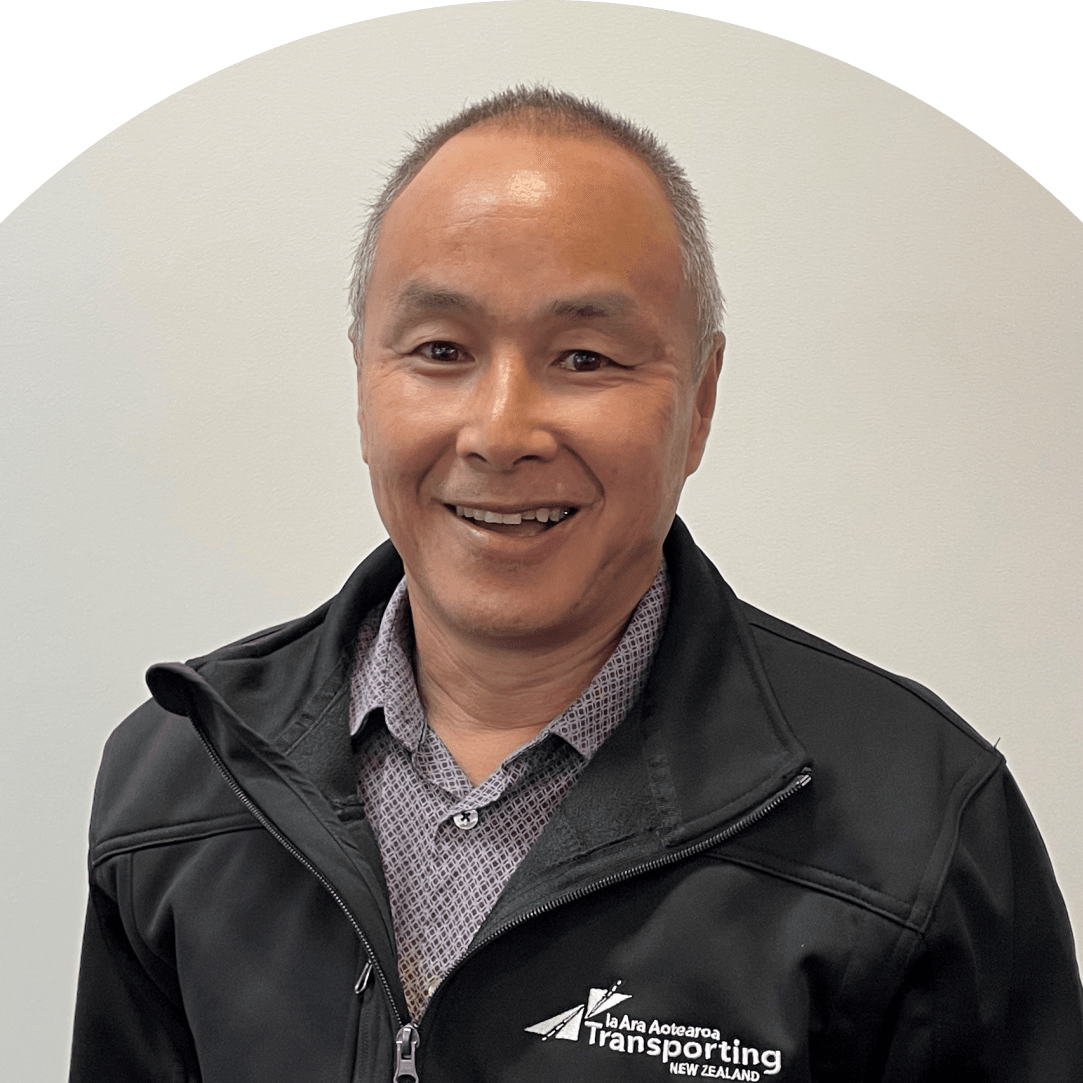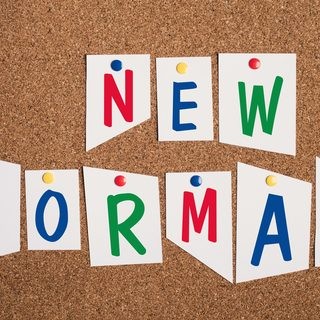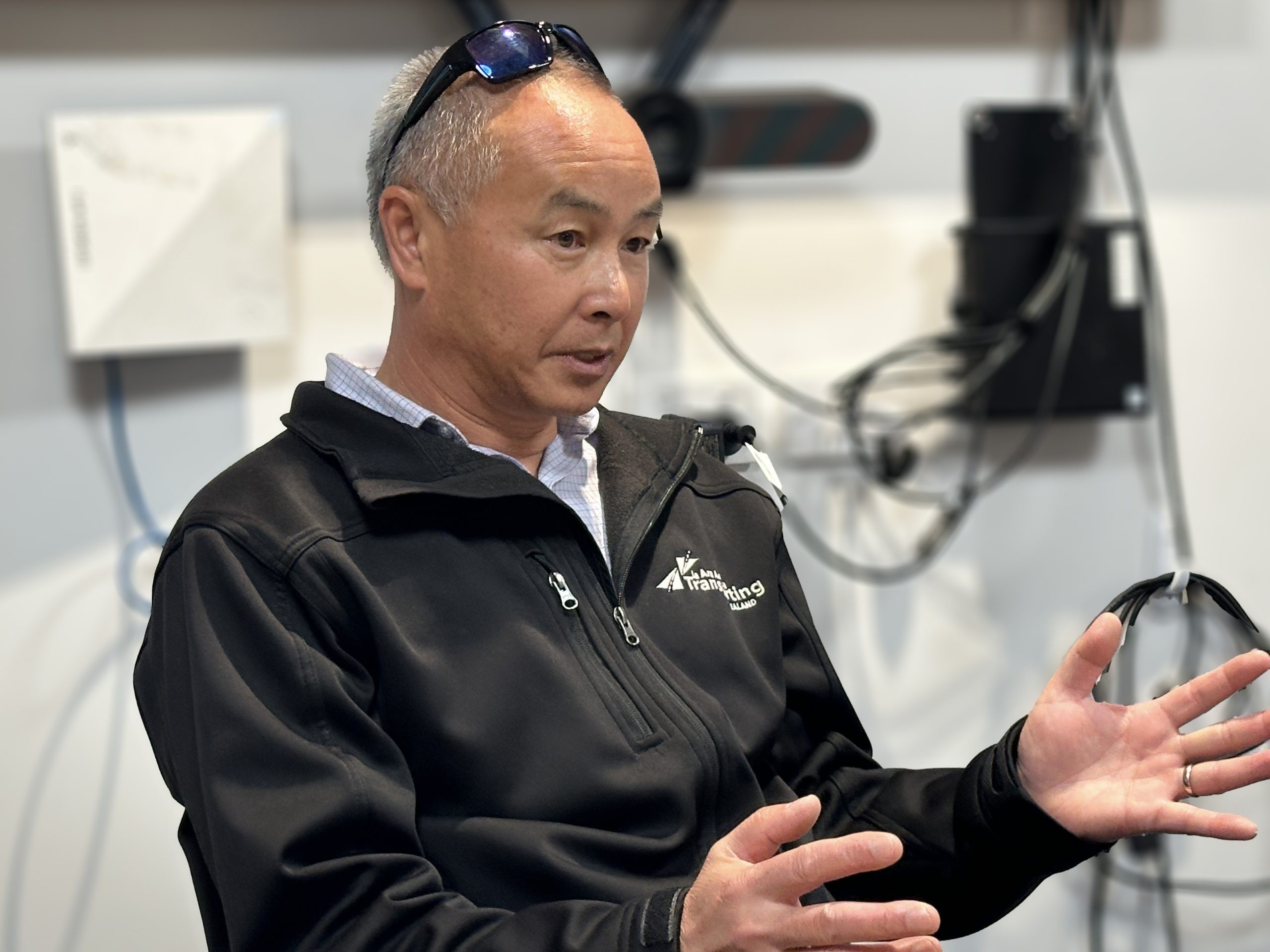
It’s been a big week for getting out into the community to get things done – and getting the community into our offices to get stuff done!
A group of road transport folks gathered around the table to discuss Wellington City Council’s unusual plan to put in six pedestrian crossings in a 1.7km stretch of road. Some crossings appear to be in illogical places given current pedestrian behaviour and five include raised platforms (aka speed tables).
The folks taking part included the Bus and Coach Association, Fire and Emergency New Zealand (FENZ), AA, the Heavy Haulage Association, and Wellington city councillors.
The road, Thorndon Quay, is a major freight route through Wellington, and it is a key public transport route. Adding six sets of traffic lights should allow pedestrians to safely cross. Apart from unnecessarily making every vehicle that has a green light slow down and start up again after each crossing, there was a lot of evidence that buses are being damaged by the platforms in other parts of the city.
While FENZ are not road transport users, they have issues with getting to fires and medical emergencies via roads with raised platforms built into them when every minute counts.
The group, which represents the vast majority of road users, has written to Wellington Mayor Tory Whanau seeking to stop these speed tables being built. Given that Wellington household rates have just increased by 20 per cent, you would hope that NZTA is being a little more careful with how it spends its money, and you hope we have a good chance of commonsense prevailing. We shall see.
Yesterday, policy lead Billy Clemens and I saw Tertiary Education Minister, Penny Simmonds, to discuss what is happening in the tertiary sector and how it will affect our industry. Te Pūkenga, which was designed to combine polytechs and training institutes, is now being restructured. There are still big questions about where training providers such as MITO land.
MITO has played a key role supporting our industry’s development of the Road to success road transport qualification, and in training the thousands of people who support our members. Diesel mechanics, auto-electricians, fitter-turners, and welders are among the trades that play a critical role in keeping our members’ vehicles on the road.
Work-based learning is important, particularly when vehicle technology change is changing so fast. We impressed on Minister Simmonds that the industry needs to retain a leadership role in whatever structure is planned. It also needs the capacity to support a resilient transport supply chain. Our final plea was that she should provide some certainty and direction on the way forward quickly.
The reform of Te Pūkenga was one of the deliverables of the government’s 100-day plan that wasn’t achieved, so I am sure officials are working hard on this and we hope the final decisions delivers the outcomes we badly need.
Following up on the member event held in Wellington last month, Billy Clemens has also been getting information about improving the northern side of the Remutaka Hill. There’s been a fair bit of work done on the south side, so we have sought member advice on the next areas to improve. They have identified three points that are pretty tight as vehicles approach each other. Having more space would improve safety and we will be discussing those with NZTA. (And if you say “build a tunnel”, NZTA Waka Kotahi is pretty certain that isn’t going to happen!)
Another job Billy is involved with is dealing with MBIE’s Labour Inspectorate, which is looking non-compliance within the transport sector.
Billy has been working with officials to see what their issues are, and to publicise the key things every employer has to be aware of, and what the rights of all workers are.
There’s a piece on our website which has some very helpful links about compliance with Transporting New Zealand’s partner services, and MBIE’s own resources.
This will be an ongoing issue, and we will be pushing it strongly to protect staff, employers, and their businesses. There’s no room in New Zealand for exploiting staff, and we will always be on the side of the push to make our industry professional, and a good one to work in.
Account manager Lindsay Calvi-Freeman has been seeing members recently. One of the issues that came up was some of the detours around Napier that are less than ideal for members. So, he’s doing a bit of work on that to see if we can get improvements made there.
Finally, in what has been quite a long process, the move to update our Constitution is all but done. Our member association covering the Canterbury, Marlborough, Nelson, and West Coast areas is currently being polled to support the recommendations of the NZRTA Region 4 Executive. Those results will inform a Transporting New Zealand Special General Meeting early next week which will finally vote on adopting the new Constitution. A shout out to the NZRTA Region 4 Executive for its effort to engage members by undertaking an electronic postal voting poll.
I appreciate the change to direct member representation in Transporting New Zealand has been a long and at times challenging one. It’s been attempted several times over the last few decades but never got to this stage. Moving to a more democratic and less convoluted representation model will bring efficiency gains and strategic benefits. A big shout out to all the leaders who have been involved in making this change, both currently and previously.
Change is all around us and our changes will help us keep up.
